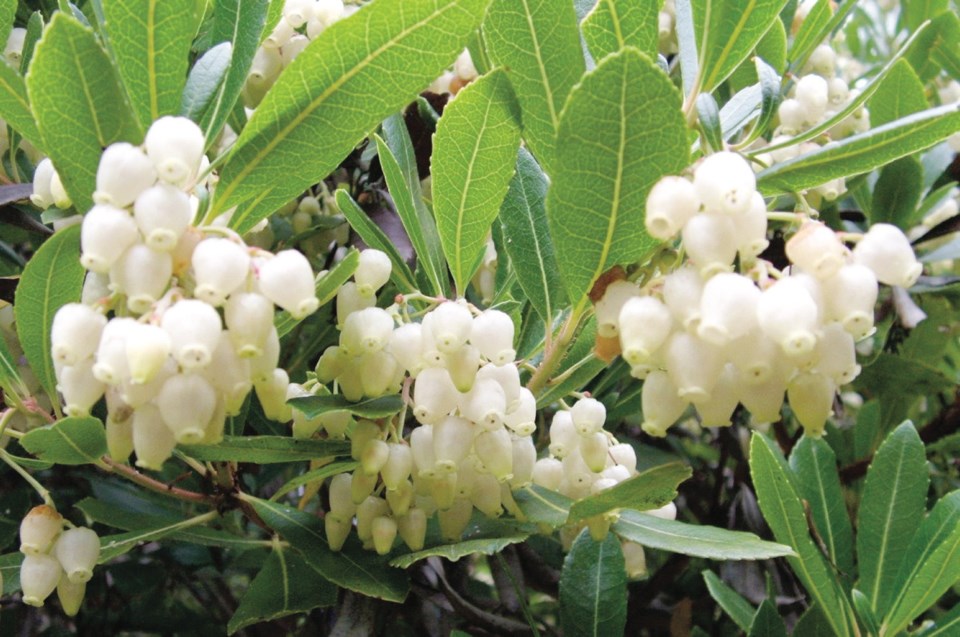Dear Helen: I have a small lemon tree in a pot on my balcony. It has a nice crop of lemons, but some of the leaves are yellowing. Should I fertilize? I’d like to leave the tree outdoors for the winter, with a crop-cover fleece over it if necessary. Should I also wrap the pot?
J.C.
This is the tricky time for people with potted lemon trees, because the plants don’t usually do well indoors in winter unless there is a very cool room with a bright window, and dedication to keeping humidity levels up around the plant. Citrus plants do not tolerate dry air and warm indoor temperatures well.
Your preference for keeping the lemon tree outdoors is a good instinct. The forecasts I’ve been hearing indicate the winter may be the warmest yet.
As temperatures cool, move the plant against the house wall or glass door (where extra light from indoors could be helpful) and be prepared to cover the plant if freezing temperatures are predicted. Wrap the whole thing — plant and pot. If the wintering site is under a roof overhang, watch that the soil does not dry. Allow a top layer to dry before watering.
Yellowing in the leaves may simply be the result of reduced light, or possibly a wet soil. If the leaves are mottled yellow, that is chlorosis, which signals the need for an acidic fertilizer — available at garden centres. This is not a good time to fertilize, as the plant heads into winter, but if the chlorosis is severe a light watering with fertilizer mixed at a reduced rate may be helpful.
Dear Helen: I’d like some arbutus trees in my yard, and I’m wondering how I might acquire or propagate the plants.
D.T.
Dear D.T.: Nurseries that stock native plants may have Arbutus menziesii (Pacific Madrone). If you find plants, keep in mind that ones taller than 60 cm are not likely to transplant well.
If there are trees in your neighbourhood, or you have access to sites where they grow and you can find ripe berries, they contain seeds that can be planted with a light covering of soil mix in the fall. Leave the pot outdoors in a sheltered spot where the soil will not become waterlogged.
Probably the easiest way to acquire arbutus trees is to look for small, stray seedlings in areas where the trees grow. Dig them carefully, keeping as much soil around the roots as possible, and transplant several in each chosen site to allow for failures. Dig and transplant seedlings that are less than 60 cm high.
Native arbutus, left to grow upright to a mature height of 23 metres, is not a tree for small gardens. Nor can it thrive in sites that are lavishly watered. A dryish, exposed place in the garden or a sunny corner with poor soil will suit these trees.
Arbutus trees are often seen on exposed bluffs and sunlit slopes, where sometimes the trunk bends or leans in an elegant fashion. Pruning and training can be undertaken to shape a young tree into a similarly striking, and more compact, oriental form in gardens.
Dear Helen: I’d love to have a strawberry tree in my patio container garden. Can this tree be grown outdoors in a pot? G.T.
The more compact forms of this tree are sometimes used as attractive potted accent plants at sunny entryways to homes. Arbutus unedo ‘Compacta’’ grows up to 240 cm in gardens, but in a pot it will probably stay at 120 to 150 cm. It will require a pot with a width of 45 cm.
A few phone calls to your favourite local garden centres should unearth a source. Specify a compact form.
Take care not to over-water. Allow the soil to become somewhat dry between waterings.
Dear Helen: Now that the seeding season is over, what is the best method for keeping leftover seeds in good condition for sowing again in the spring? I’ve been told to store them in the fridge or freezer.
S.F.
Dry, dark, and uniformly cool are the key conditions for maintaining viability in seeds for as long as possible. Most seeds stay viable for three years or more. I store mine in a cool cupboard next to the north-facing front door.
Refrigerating seeds can cause problems with fluctuations in humidity and possible condensation on the seeds. Freezing can kill seeds that are holding enough moisture within them to expand with the freezing.



